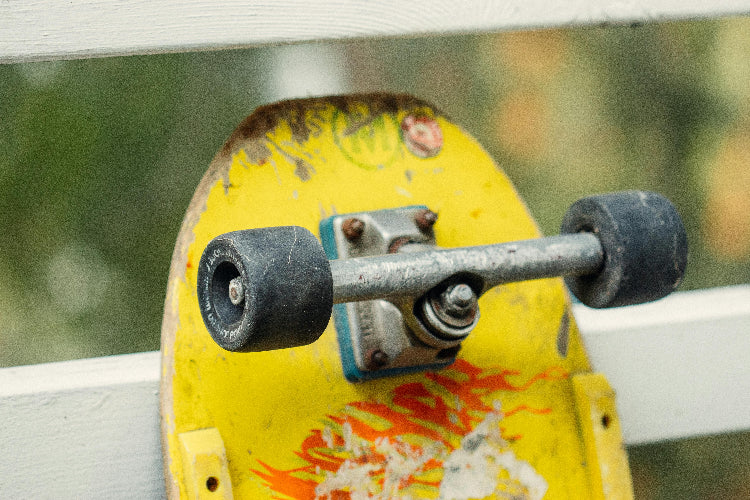Skateboarding is more than just a sport; it's a culture, an art form, and a lifestyle. At the heart of this dynamic world lies the skateboard itself, an object that has undergone a fascinating evolution since its inception. From its humble beginnings as a homemade toy to its current status as a symbol of urban cool, the skateboard's design has evolved in tandem with the needs and desires of its riders. Join me as we embark on a journey through the history of skateboard design, exploring the innovations and trends that have shaped this iconic object.
The Birth of Skateboarding:
The roots of skateboarding can be traced back to the 1950s, when surfers in California sought ways to ride the streets when the waves were flat. Inspired by the surfboard, early skateboards were simple planks of wood mounted on roller skate wheels. These makeshift contraptions were crude but effective, allowing riders to carve and cruise through the streets with newfound freedom.
The Rise of the Kicktail:
As skateboarding gained popularity in the 1960s and 1970s, designers began to experiment with new shapes and materials. One of the most significant innovations during this time was the introduction of the kicktail. This upward curve at the back of the skateboard allowed riders to perform tricks such as ollies and kickflips, revolutionizing the sport and expanding its possibilities.
The Polyurethane Revolution:
In the 1970s, the introduction of polyurethane wheels transformed the skateboarding experience. These new wheels offered superior grip and durability compared to their clay and metal counterparts, allowing riders to push the limits of speed and control. Coupled with advancements in deck construction, such as the use of fiberglass and laminated wood, skateboards became more responsive and versatile than ever before.

The Street Skating Revolution:
By the 1980s, skateboarding had evolved into a global phenomenon, with riders pushing the boundaries of what was possible on a skateboard. The rise of street skating brought a new focus on technical tricks and urban environments, leading to innovations such as smaller, more maneuverable boards and specialized components like truck guards and nose guards. Skateboard design became increasingly influenced by fashion and music, reflecting the rebellious spirit of the subculture.

The Modern Era:
In the 21st century, skateboard design continues to evolve in response to changing trends and technologies. Lightweight materials such as carbon fiber and bamboo offer enhanced performance and durability, while computer-aided design (CAD) allows for precise shaping and customization. Electric skateboards have also emerged as a popular alternative, blending traditional skateboard design with electric motors and battery technology.
Looking to the Future:
As we look ahead to the future of skateboard design, one thing is clear: innovation will continue to drive the evolution of this beloved sport. From advances in materials science to new forms of propulsion, the possibilities are endless. Yet, amidst all the changes, the essence of skateboarding remains unchanged—a celebration of creativity, freedom, and self-expression.
Conclusion:
The evolution of skateboard design is a testament to the ingenuity and passion of riders and designers alike. What started as a simple wooden plank with wheels has transformed into a sophisticated and diverse array of shapes, sizes, and styles. Yet, no matter how far skateboarding design may evolve, its spirit remains rooted in the joy of riding and the thrill of pushing the boundaries. As we roll into the future, one thing is certain: the journey of skateboard design is far from over.

